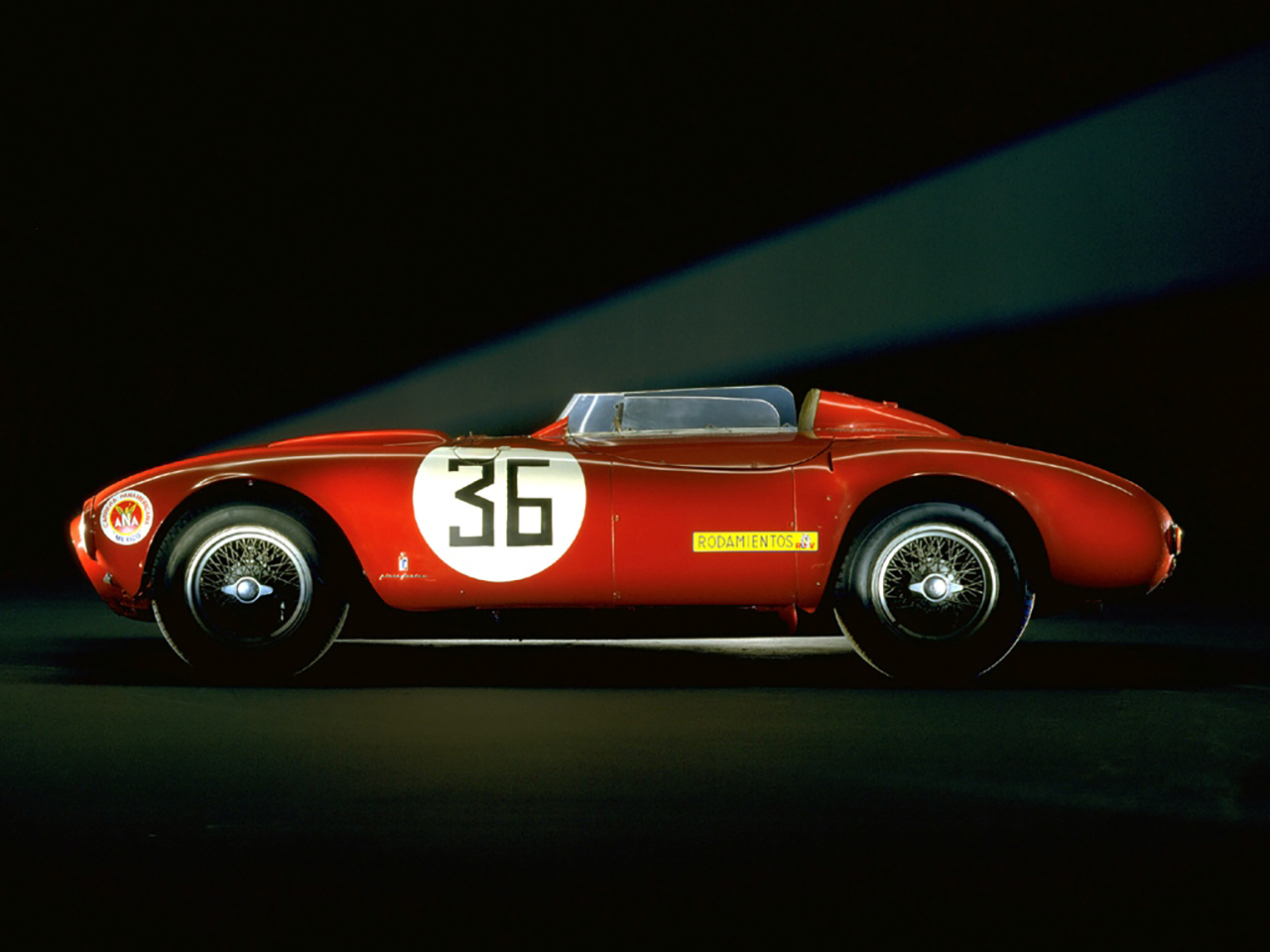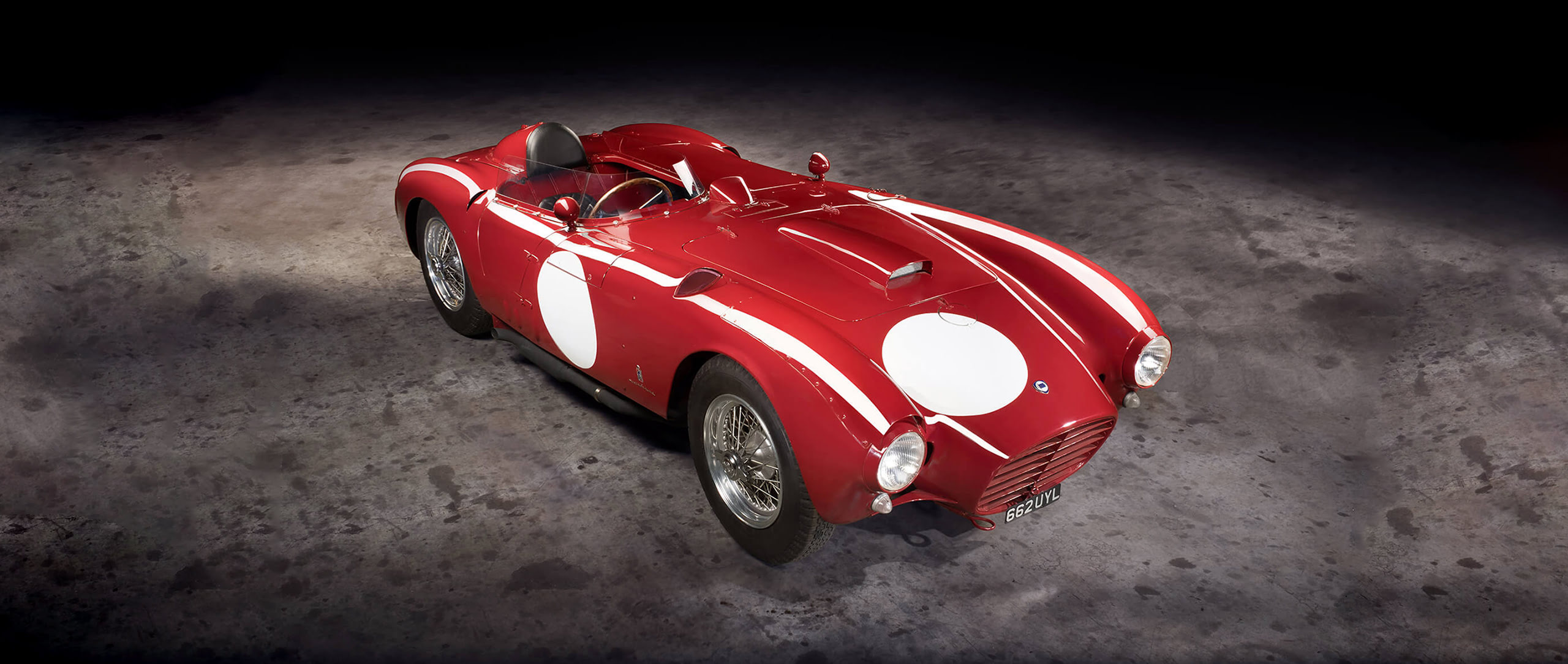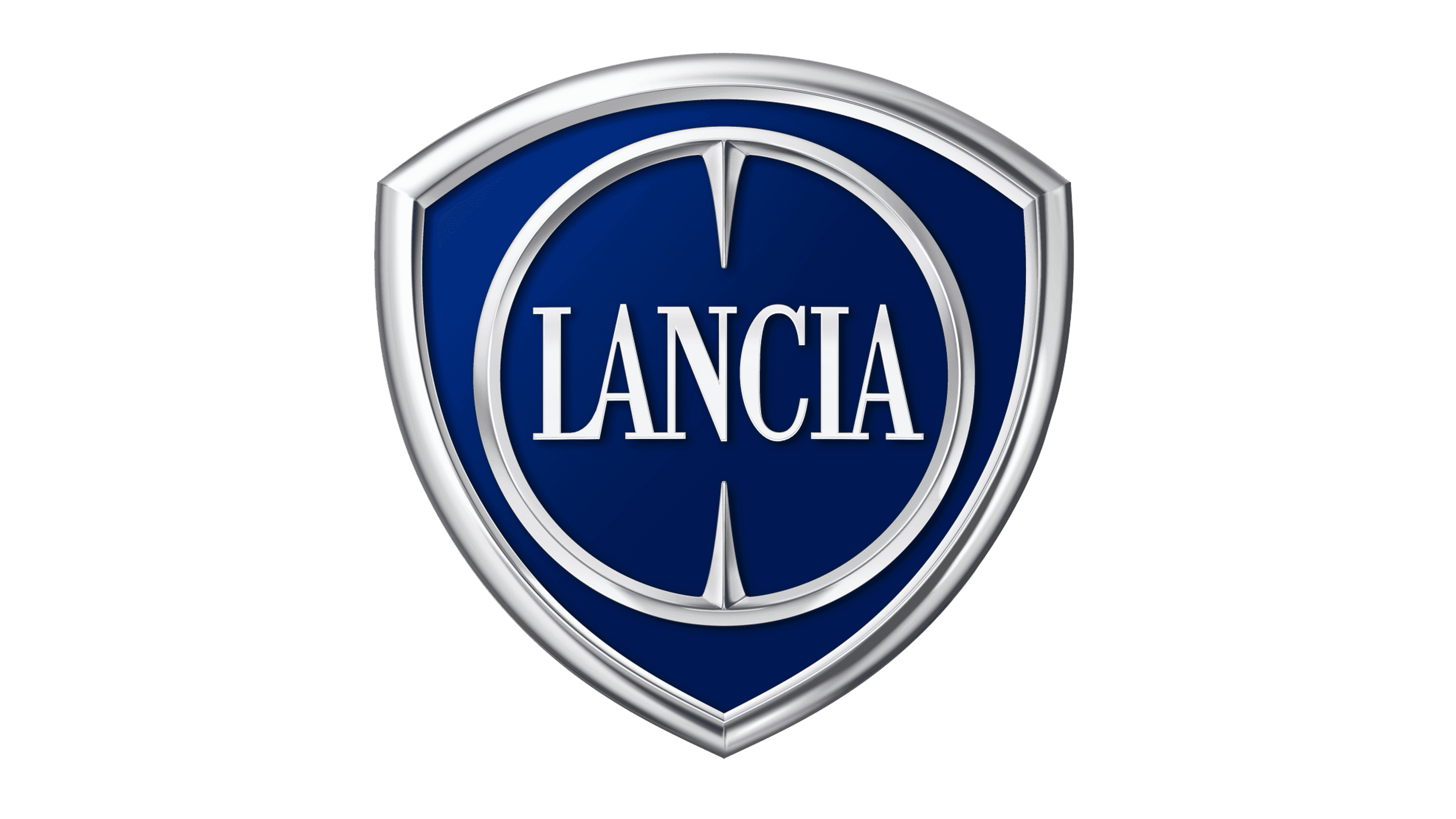Lancia D24 Sport. A racing legend
14 October 2023 3 min read 5 images

Photo credit: Lancia, Mauto, Stellantis
Who: Gianni Lancia was just over twenty when, in 1949, the weight of the Lancia company fell on his young shoulders. His father, Vincenzo, had died shortly before the war, and the brand, renowned for the quality of its models and the sophistication of its mechanics, needed a significant relaunch. At the age of 25, he was appointed CEO of Lancia & C. SpA. His engineering degree from the prestigious University of Pisa provided a convincing premise despite his young age.
Register to unlock this article
Signing up is free and gives you access to hundreds of articles and additional benefits. See what’s included in your free membership. See what's included in your free membership.
Already have an account? Log In



